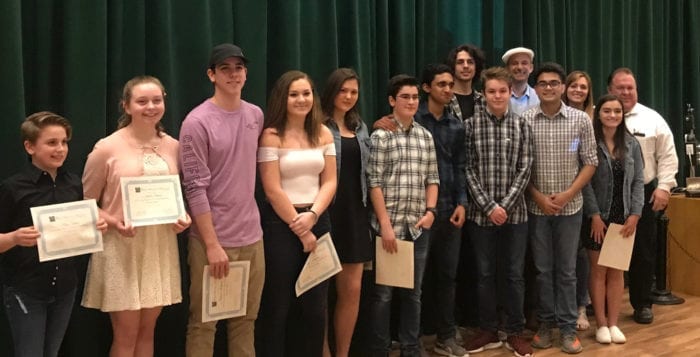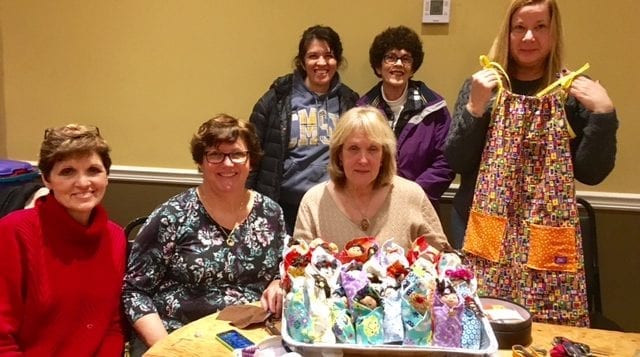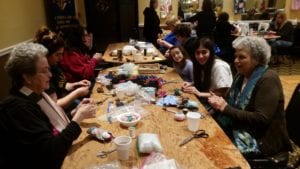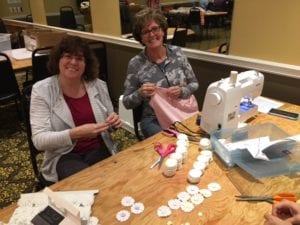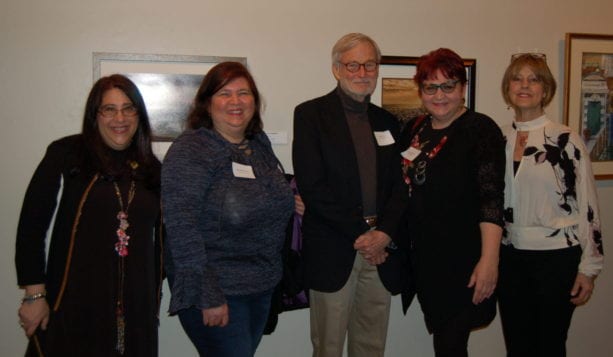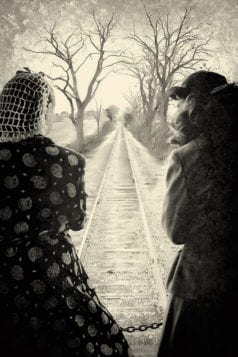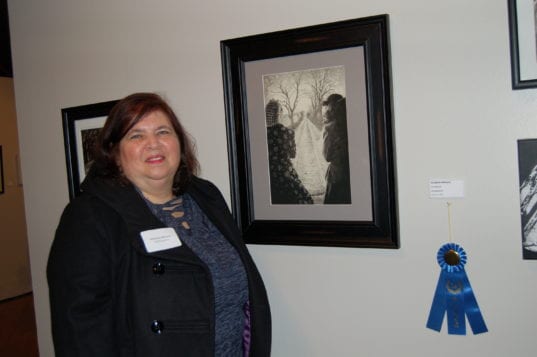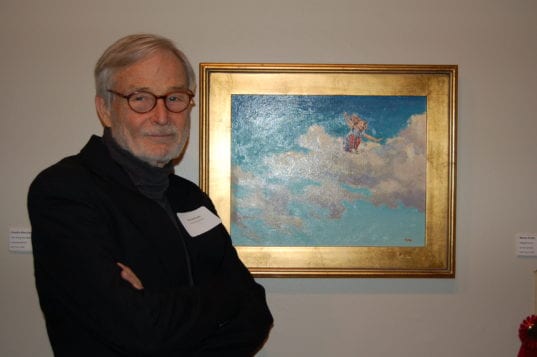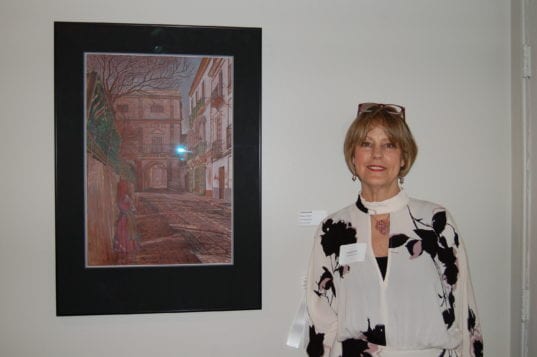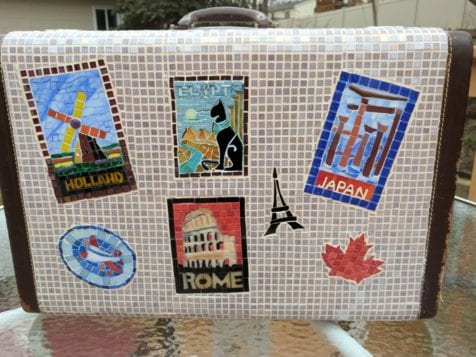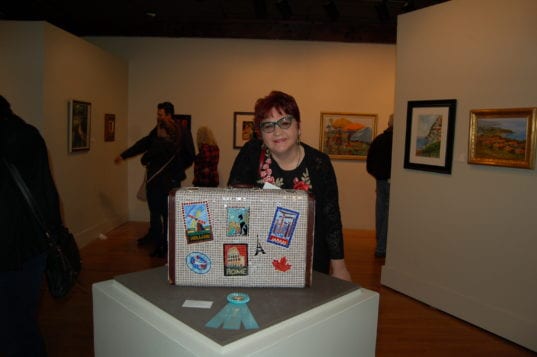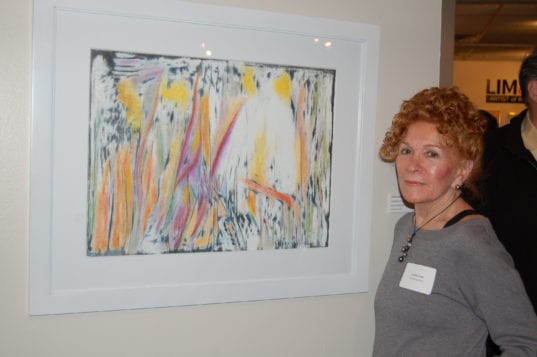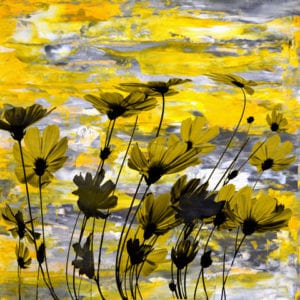By Elof Axel Carlson

Science is a way of knowing. In today’s world it is based on reason, experimentation, technology and a belief that the natural world can be explained without invoking the supernatural as an explanation. Components of this definition of science have been around ever since humans formed communities and left traces of their daily lives in caves, burial sites and waste disposal sites.
But in oral lore and written accounts more than 2,000 years ago, three supernatural explanations were used to explain how science arose. In Genesis, we are told the story of Adam and Eve and how Eve was tempted to eat of one of two forbidden trees in the Garden of Eden. Eve and Adam ate of the fruit from the tree of knowledge. For this disobedience Adam and Eve were cursed with a life cycle ending in death as well as pain and a struggle to survive.
We owe to Greek mythology two different ways knowledge came to humans. Prometheus felt sorry that humans were helpless victims of difficult environments and he gave them a tool, fire, to warm themselves and make their own tools and form a civilization. For this, Prometheus was punished and chained to a rock by Zeus and had an eagle devour his liver every day only to have it regenerate at night.
The other Greek myth involves Pandora who was given guardianship of a closed box containing the environments of the future. Her curiosity got the best of her and she opened it, shutting in hope and releasing all the ills of the world — disease, hunger, war, failure and madness.
Note that the biblical version uses material reward (appetite or self-indulgence) as the motivation for disobedience. Adam and Eve and all of humanity to come are punished for their act. Note that Prometheus, not mankind, is punished for giving a tool to humanity. Note that Pandora’s curiosity is blamed for the ills of society.
These three mythic views of how knowledge came to humanity reveal a tension between the world seen by those invoking the supernatural and the views of those who innovate, who explore their curiosity about the world and who show how to apply knowledge to advance human happiness and desire for improvement of their circumstances.
The tension between religion and science is not a winner takes all choice with either one side or the other being correct, historically or in practice. Scientists can betray the ideal of science through fraud, conflict of interest or indifference to real or possible bad outcomes of their work. Religious or not, humans frequently rationalize their behavior.
It is the Prometheus version of the gift of fire to make tools and apply science to human welfare that most scientists would favor. Science is seen as a way of describing the world and changing harmful environments into safe ones. It is a tool that leads to new knowledge and experiments and endless applications.
In Pandora’s universe curiosity is not seen as beneficial. It is seen as a dangerous behavior leading to the release of the evils of this world. What kept us safe before Pandora was some supernatural box in which those evils were contained. Pandora, like Eve, could not resist satisfying her curiosity. But unlike Adam and Eve, she was not looking for a material benefit symbolized by forbidden fruit.
Note the role of compassion in the motivation of Prometheus. Note the lustful anticipation in Eve’s gullible acceptance of the snake’s guile and to the sexual nature of knowledge reflected by Adam and Eve making clothes as their first act after eating the fruit. Note the lack of forethought to unintended consequences in Pandora’s opening the box.
While all generations of humanity have faced similar hardships of finding food, building shelters, raising a family and finding meaning in their lives, different generations have interpreted knowledge and its applications in many ways. But all three ancient views of the acquisition of knowledge share a belief, regardless of its origins or its occasional shortcomings, in the importance of knowledge and technology in order to live a better life.
Elof Axel Carlson is a distinguished teaching professor emeritus in the Department of Biochemistry and Cell Biology at Stony Brook University


